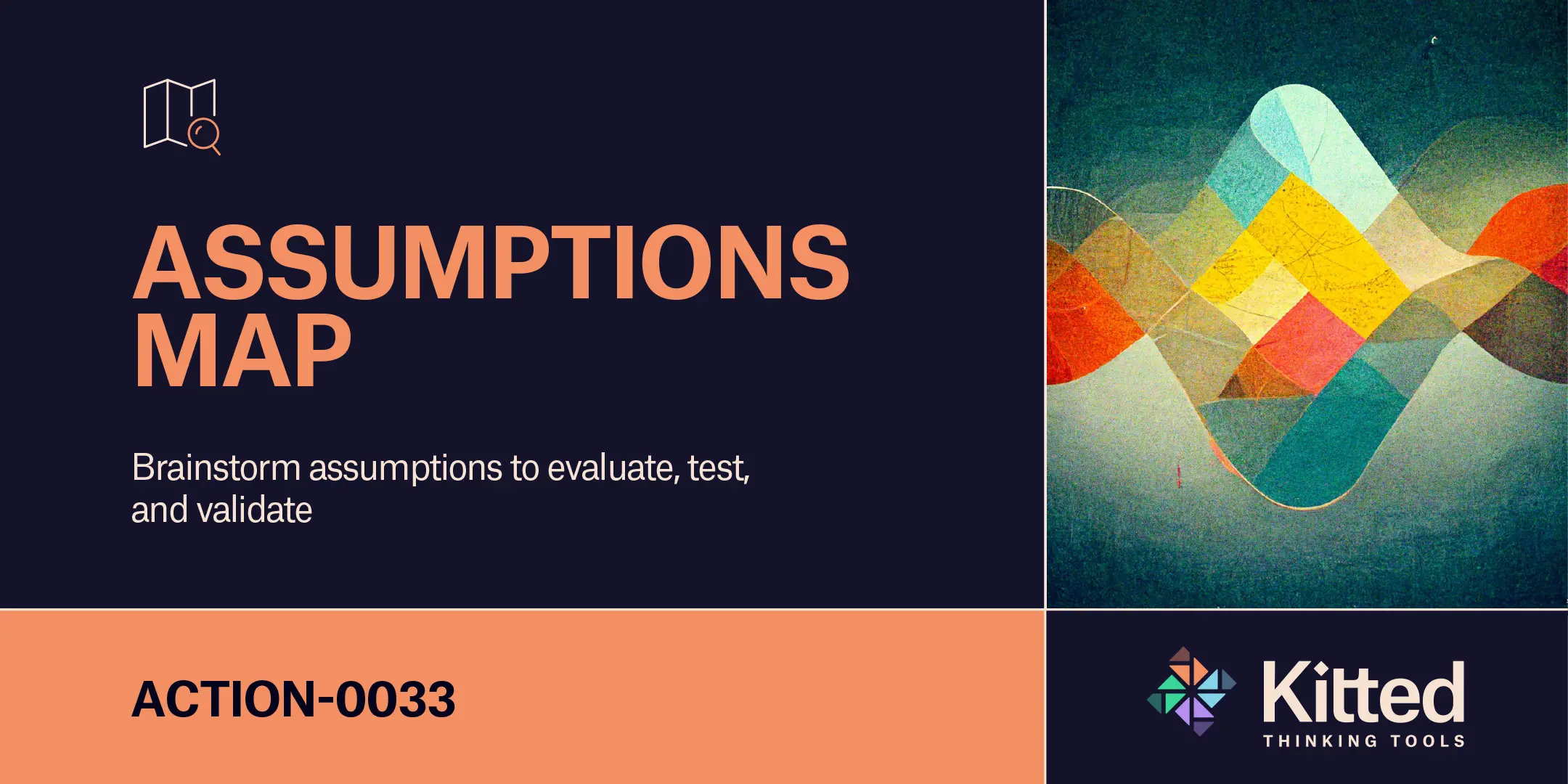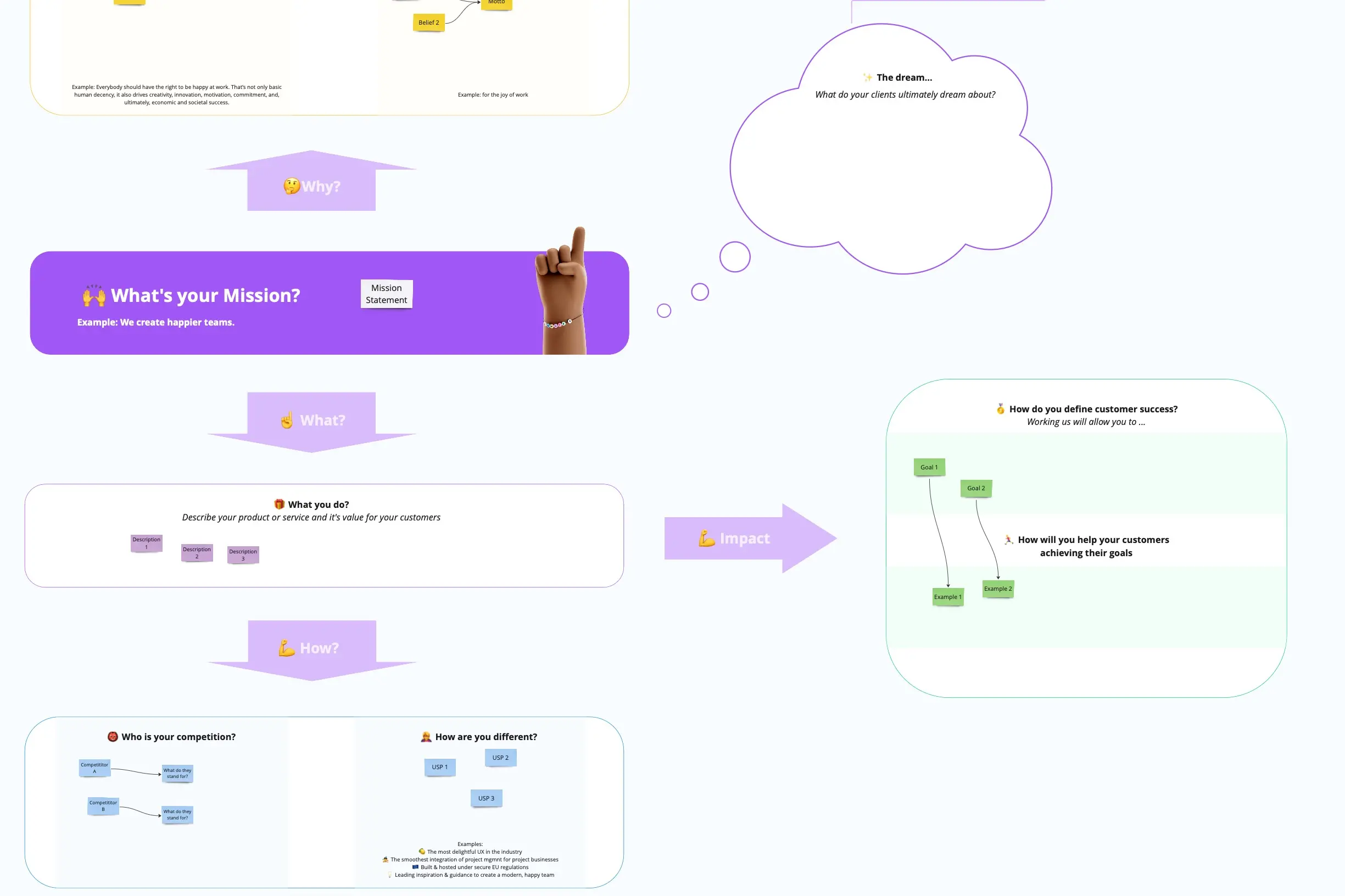Pre-Mortem
A premortem exercise is a forward-thinking strategy used for project planning, in which we imagine the project has failed and then work to understand what could have led to such a failure.
This approach is a twist on the traditional postmortem analysis, which examines why a project failed after the fact. The premortem is conducted before a project starts, and its primary aim is to identify potential problems, risks, and blind spots that could derail the project so that we can put strategies in place to avoid them.
The process involves gathering the project team and asking them to brainstorm scenarios where the project has failed spectacularly. Each team member is encouraged to think critically and creatively about what could cause such a failure. This can include a wide range of factors, from internal team issues, such as lack of communication or resource constraints, to external factors like market changes, technological developments, or regulatory shifts.
One of the key benefits of a premortem exercise is that it helps us identify potential risks and vulnerabilities early in the project lifecycle. This proactive approach can save time and resources and can significantly increase the chances of a project's success.
By acknowledging that no plan is foolproof and that risks are inherent to any project, teams can set more achievable goals and create more robust, flexible plans that are adaptive to changing circumstances.
Brief participants to imagine futures in which the project has failed.
Choose whether to frame the question in broad or specific terms, e.g. ‘What went wrong with this project?’ or ‘What are the UX issues that undermined its efficacy?’.
Set a timer (the in-built Miro timer is available top right of screen) and brainstorm scenarios in which the project has gone awry.
Encourage participants to explore the hows and whys of the problems in their hypothetical scenarios – this stepped process will help to tease out more granular and specific problems that might be avoided or mitigated with foresight.
Consider ways to avoid the problems you've identified. You can choose to fill all three sections in one session, or make it collaborative in separate passes, asking others to consider how and why a particular scenario might have occurred, and what we can do to avoid it.
Assign responsibilities using the Action Items panel to actively plan how to mitigate the risks identified.
Categories
Similar templates





